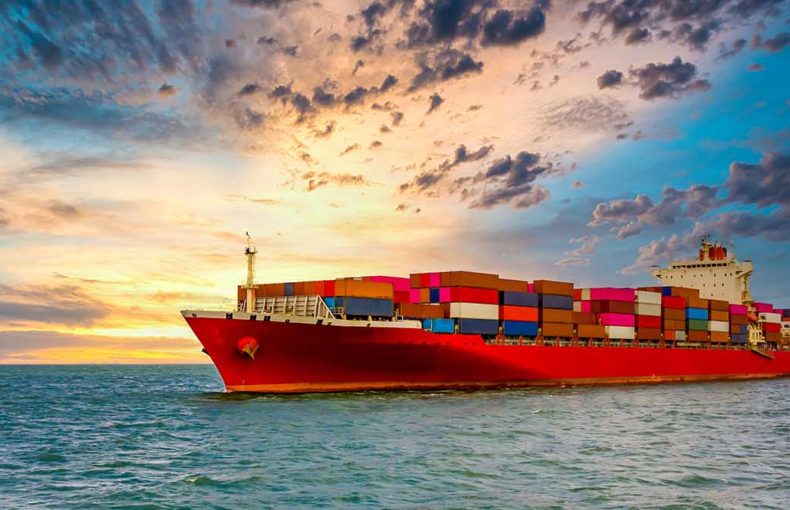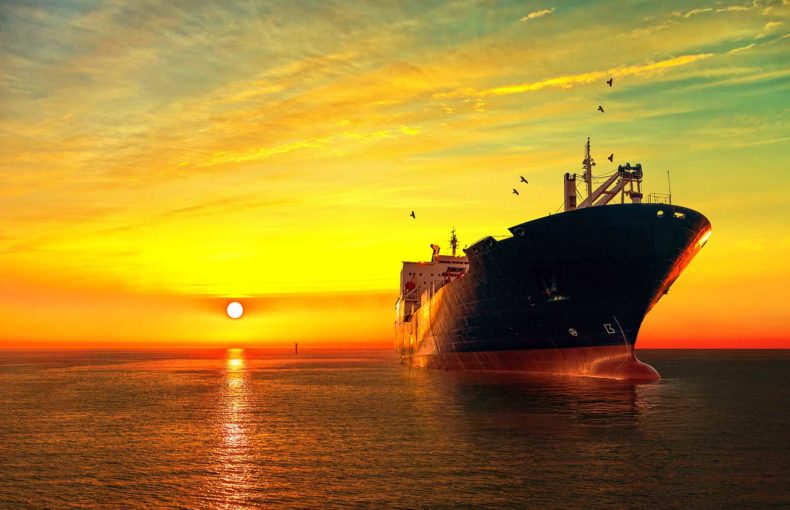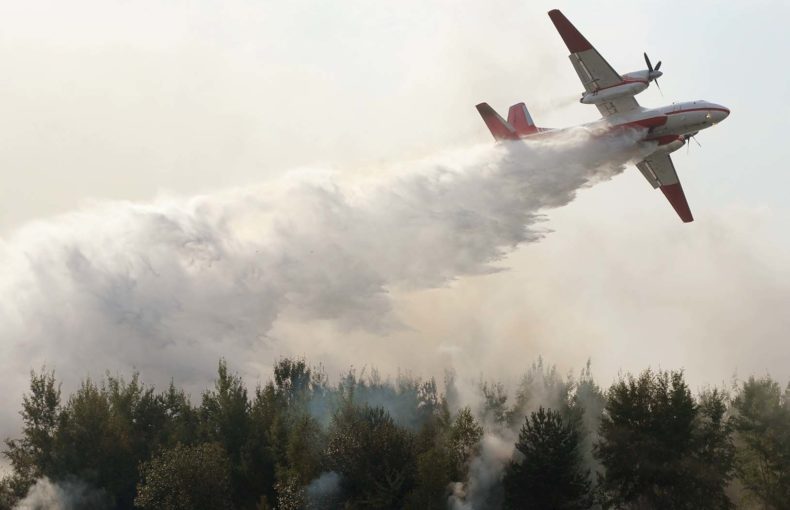The future of space is now
This is the start of a series exploring Spire’s advanced product dashboards and data, covering diverse domains like weather analysis, maritime tracking, aviation insights, radio frequency intelligence for dark shipping pattern detection and signal jamming identification, and Spire’s Space as a Service platform for construction, tasking, and monitoring of custom satellites.
Over 20 years ago, companies stumbled to launch their online presence. At the same time, the private space industry was on the launchpad fueled by public sector contracts.
This was the catalyst that made space-related businesses possible. The writing was on the wall, but few noticed.
Companies like Spire recognized that writing and built a value chain atop the wall, making space accessible for everyone. While some industries failed to anticipate and adapt to the future, Spire’s modus operandi has not only been to anticipate but actively build the future. In many tangible ways, it is built. The future is here.
Rather than looking outward to space as an escape from Earth’s challenges, companies like Spire are leveraging space to help solve some of Earth’s most urgent problems.
The writing on the wall
Looking at similar technological paradigm shifts, in the early 2000s, businesses were tasked with creating an online presence. With no tools built or tested, many brick-and-mortar shops lumbered online.
The advent of products like Amazon Web Services was a gateway that rocketed the establishment of e-commerce. Consequently, businesses gained entry to operate globally without the expense of maintaining a physical presence.
A similar transformation continues to unfold in newsrooms. The necessity to be first to report a story in a digital age rendered many newspapers obsolete.
With few pre-built solutions to be first and fastest, newsrooms grapple to find their way online. Diving head-first into social media and subscription-based models – arguably, neither a fix-all – has led to many shortcomings. Both avenues drove the search for new tools and sprouted alternative news sources.
The future is here
Two decades later, depending on terrestrial data amounts to relying on yesterday’s news. Nothing made this clearer than a global pandemic.
When travel and trade flatlined, eyes on the ground were either unreliable or non-existent. Almost immediately, every industry – global and local – was impacted.
Irrespective of industry, investments, or daily plans, the world is now remarkably interconnected. Global events from severe weather to cargo congestion draw us closer together. While the Internet brings the world to our doorstep, space serves as a conduit connecting us more intimately to the tangible realities of our surroundings.
While private sector rockets make accessing space possible, the capabilities-per-kilogram of satellites has grown tenfold every five years, reducing the cost of building space technology and enabling many new use cases.
In the last 10 years, Spire created an accessible, ready-to-use constellation of Earth-observing satellites in space. With over 100 Low Earth Multi-Use Receiver (LEMUR) satellites in orbit, Spire’s Earth observing coverage is near real-time and extends globally.
For industries that spent two decades building a global profile online, Spire’s LEMUR constellation future-proofs and taps into a much greater total addressable market.
Sensor technology, satellite research and development, rocket launches, orbital paths – the barriers to entry into space may seem astronomical. They’re not.
It is built
A dashboard showing every grain shipment out of Ukraine today? We built it and it updates in near real-time.
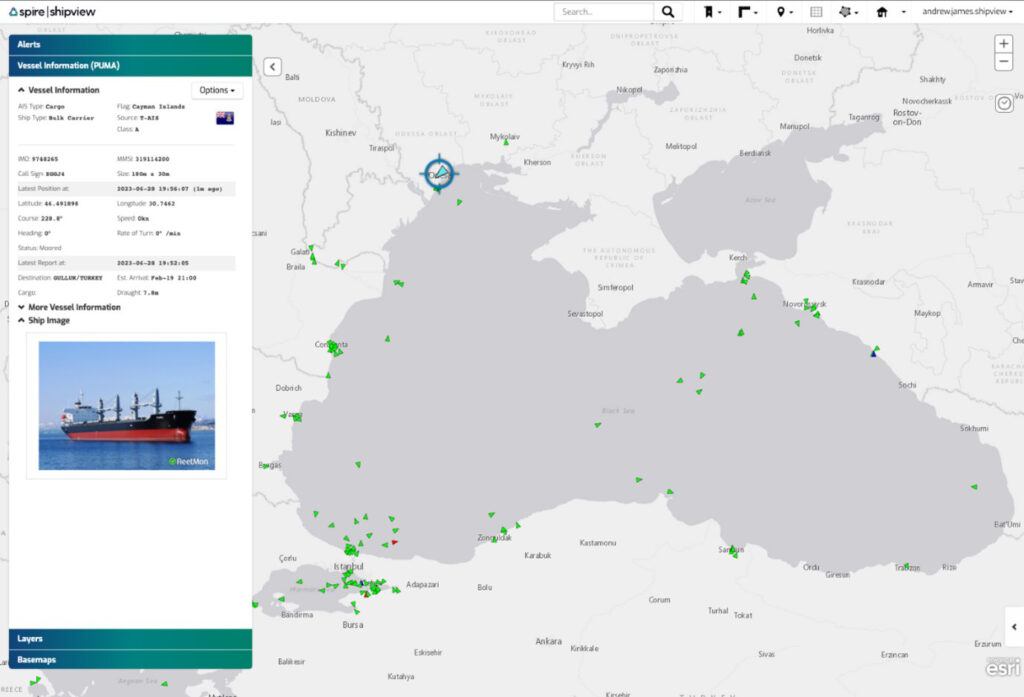
Spire’s ShipView tool tracks all ships, and is filterable by ship and cargo type, country flag, and creates a downloadable dataset directly in the dashboard
Spire’s growing offerings tap into our unique technology differentiator. LEMUR satellites operate in the radio spectrum, deploying dark ship detection tools to identify vessels engaged in signal jamming and spoofing to disguise their origin, destination, or location.
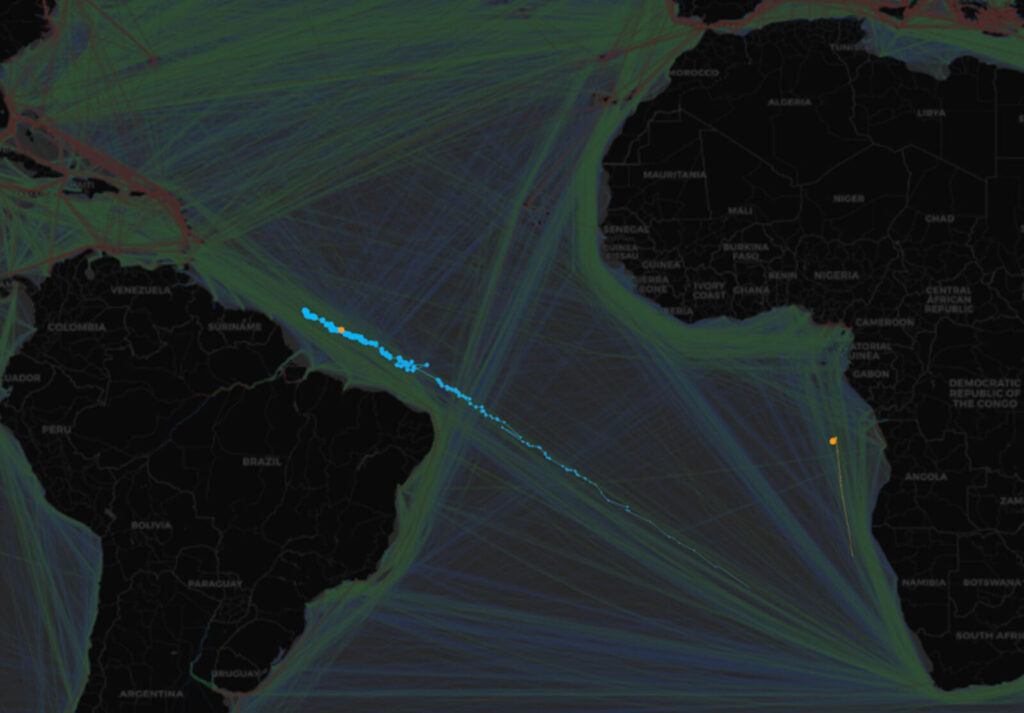
Spire’s dark ship detection tools tracking a ship crossing the Atlantic (blue) while the ship spoofs its location (orange) to appear off the coast of Africa
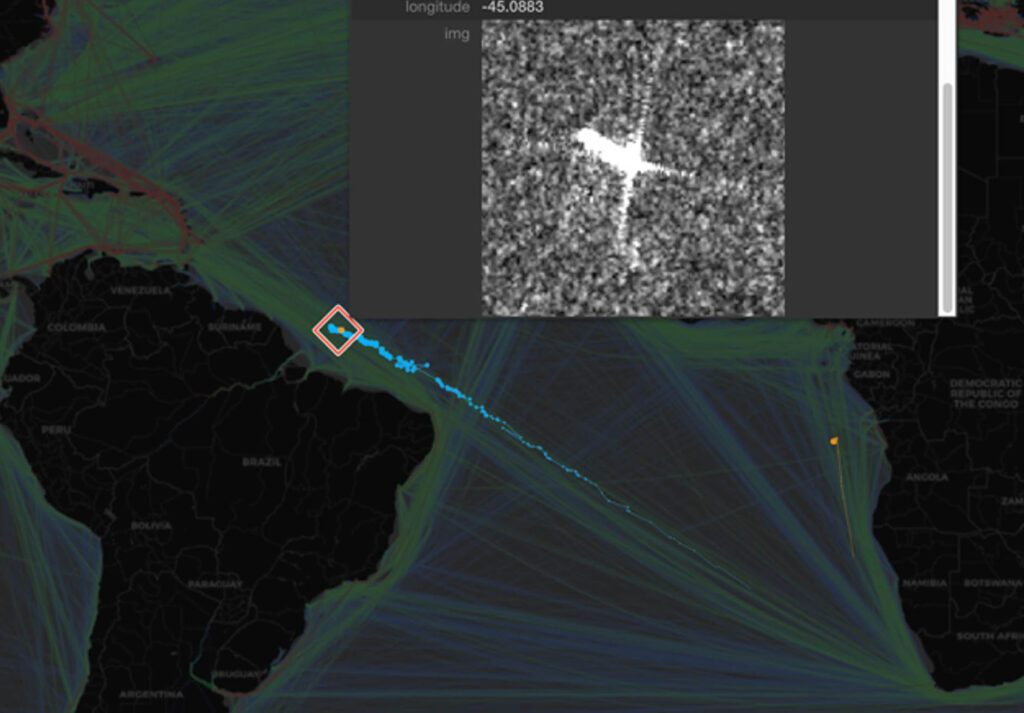
Confirming the accuracy of our dark ship tracking with satellite imagery
Defense, security, and insurance are the main markets for radio frequency intelligence. Known in many industries by names such as electronic warfare, situational awareness, signal intelligence, radio frequency intelligence will become more vital, as geopolitical stressors mount.
Tracking cargo shipments around a typhoon in the Pacific? It is built, and Spire’s dashboard exports data in a single click.
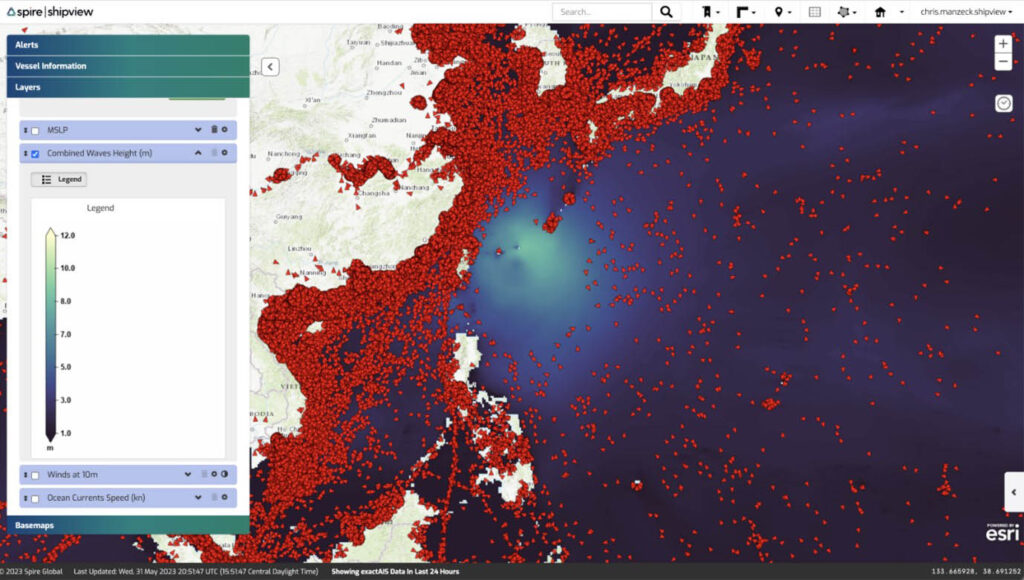
Ships avoiding typhoon Mawar in May. All ships show against Spire Weather’s wave height dataset
DeepSea monitors Spire’s weather data in its own AI-powered voyage optimization platform that projects approximately $11 billion annual global savings in fuel costs. DeepSea estimates a reduction of 57 million tons of carbon emissions – equivalent to removing 12.6 million gas-powered cars from the road for a year, according to the EPA.
Spire’s Maritime data also provides by-the-second port event information. During the recent strike at Seattle Port in June, Spire’s data was able to show an average increase in time spent in port by cargo ships.
Seattle port monthly event duration, in seconds:
Source: Spire Maritime 2.0
 Written by
Written by